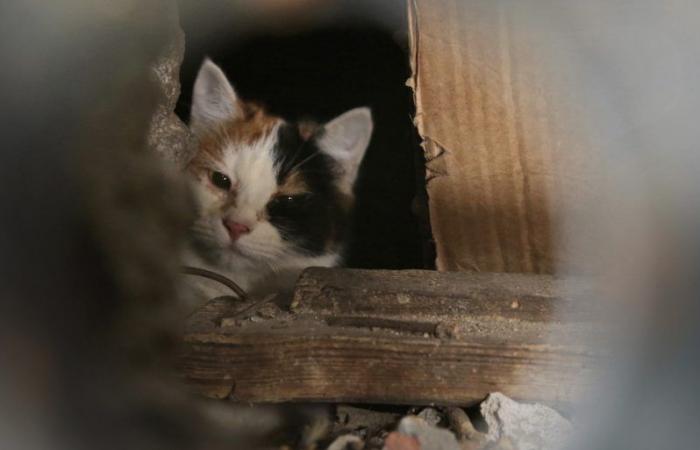A controversial competition, open to adults and children over 14, was held last weekend in the North Canterbury region, a rural area on New Zealand’s South Island. It’s called the North Canterbury Hunting Competition, and participants must hunt wild animals that threaten native wildlife in exchange for cash prizes. The competition used to include deer, wild boar, wild duck, possum and rabbit, but last year a new category was added: feral cat hunting.
New Zealand has a longstanding problem with domestic cats, both stray and otherwise, which are an invasive species and exceptional predators that threaten native populations of birds, reptiles and insects, some of which are on the verge of extinction. Cats pose a threat to biodiversity worldwide, and it is recommended to keep them indoors whenever possible, but in countries like Australia and New Zealand the problem is particularly serious, ever since they were introduced several centuries ago. According to Australian wildlife experts, for example, cats have been a major cause of the extinction of at least 22 mammal species.
– Read also: Should cats be kept indoors?
The organizer of the feral cat hunt, Matt Bailey, said the decision to encourage the hunting of cats was based on their role in reducing other animal populations, and the risk that they could carry diseases that threaten livestock on local farms. The New Zealand government introduced a program to eradicate small predators that threaten native species in 2016, and aims to eradicate all possums, rats, stoats and ferrets from its islands by 2050.
Culturally, killing a stray cat is much more serious for most people than killing a rat, but this speciesist perspective is contested by many environmental groups around the world. Some of them would like to add stray cats to the list of invasive species to be eradicated in New Zealand, but the country has one of the highest rates of domestic cats per capita in the world and it is therefore particularly difficult to find a balance between the different sensitivities regarding animal rights and the need to preserve biodiversity.
However, several environmental groups have opposed the North Canterbury Hunting Competition, saying it is cruel to animals, puts pet cats at risk and desensitises children to violence. The competition requires participants to capture cats to identify them and ensure they are genuine strays, and then kill them with a shotgun. Hunting is restricted to areas outside residential areas, and any traps must be set a minimum of 10km from the nearest house.
This year, about 1,500 people took part, including 440 children, and about 340 cats were killed. One man killed 65 cats himself, and won a cash prize of 500 NZ dollars. Participants also raised 60,000 NZ dollars to donate to a local school.
Bailey, the organizer, said he was “not too concerned about the feelings of people who don’t understand the contest” because “children in rural areas are already growing up in an environment where animals are hunted, skinned, tanned and eaten.” While environmental groups strongly disagree with the methods used by hunters, they do agree that ways to manage and reduce the feral cat population are needed. One of the most common proposals is to force cat owners to sterilize their pets in order to limit unwanted litters as much as possible.
Until the 13th century, the only land mammals present on the islands that now form New Zealand were some species of bats: the archipelago separated from the rest of the land before mammals spread across the planet. The absence of land predators allowed the evolution of numerous species of gentle birds without many defense mechanisms that do not exist in other parts of the world. Some, such as kiwis and kakapo parrots, were able to do without the ability to fly because they were not threatened by carnivores on land: the main predators were other birds.
Things began to change with the arrival of the Maori first and then with European colonization, who brought with them various species of rats, as well as possums, rabbits, stoats and cats. Since the local species have no defense against these animals, new generations are unable to replace the number of individuals killed by predators. According to a 2010 study, every year, alien land mammals eat more than 26 million eggs and chicks of birds. Since the arrival of humans, almost a third of the native animal species of New Zealand have become extinct, and today there are about 4,000 species of birds at risk of extinction, many more have become extinct in recent centuries.






